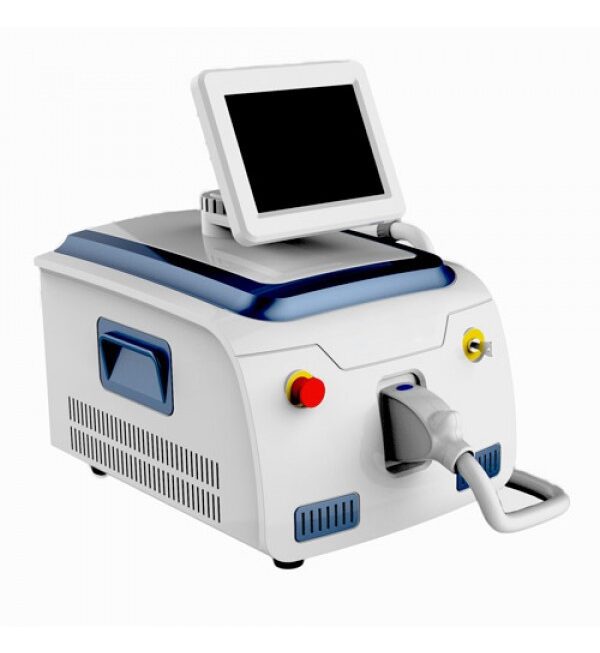Lameness is a significant concern in equine medicine, encompassing a wide range of conditions that result in impaired gait and performance in horses. Traditional treatment approaches for lameness in horses often involve medication, rest, and invasive procedures. However, the emergence of diode lasers has brought forth a new era in equine medicine, offering non-invasive and highly effective treatment modalities for managing lameness. Diode lasers https://omnilase.us/veterinary-2/ utilize specific wavelengths of light to interact with tissues, stimulating cellular activity, promoting healing, and reducing pain and inflammation. This article explores the applications of diode lasers in treating lameness in horses, highlighting their benefits and advancements in equine medicine.
Photobiomodulation Therapy:
One of the primary applications of diode lasers in equine lameness is photobiomodulation therapy (PBMT), also known as low-level laser therapy (LLLT). PBMT involves applying specific wavelengths of light to affected areas, stimulating cellular activity and promoting tissue repair. In the context of lameness, diode lasers are utilized to target injured or inflamed tissues, such as tendons, ligaments, and muscles. The laser energy penetrates deep into the tissues, promoting increased ATP production, cellular metabolism, and collagen synthesis. This enhanced cellular activity accelerates tissue repair, reduces inflammation, and alleviates pain, ultimately improving the soundness and performance of horses.
Laser Acupuncture:
Diode lasers have also found applications in equine lameness through laser acupuncture. Acupuncture is a well-known traditional therapy for pain management and overall wellness. By using diode lasers to stimulate specific acupuncture points, the therapeutic effects of acupuncture can be achieved without the use of needles. Laser acupuncture with diode lasers can help relieve pain, reduce inflammation, and restore the balance of energy in the body. It offers a non-invasive and precise approach to managing lameness in horses, promoting their overall well-being and aiding in the recovery process.
Targeted Tissue Ablation:
In some cases of lameness, targeted tissue ablation using diode lasers can provide effective treatment options. This approach involves precise removal or modification of abnormal or damaged tissues, such as fibrous tissue or adhesions. Diode lasers offer a controlled and minimally invasive method for tissue ablation, reducing the risk of collateral damage and improving the outcomes of surgical interventions. The ability to precisely target and remove specific tissues enables veterinarians to address underlying causes of lameness, restoring proper function and improving the horse’s quality of life.
Diode lasers have revolutionized the treatment of lameness in horses, offering non-invasive, precise, and effective therapeutic modalities. Through photobiomodulation therapy, laser acupuncture, and targeted tissue ablation, diode lasers have demonstrated their potential in reducing pain, promoting tissue repair, and improving the overall soundness and performance of horses. As equine medicine continues to advance, diode lasers will play an increasingly crucial role in managing lameness and enhancing the well-being of our equine companions.



